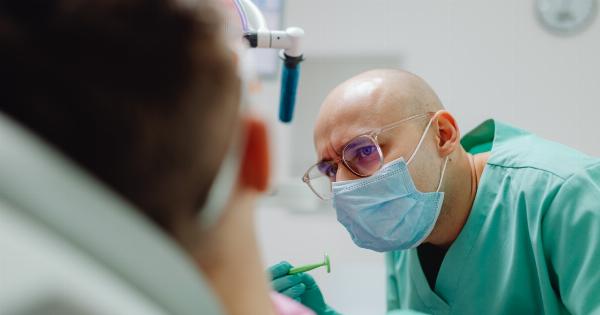Human papillomavirus (HPV) is one of the most common sexually transmitted infections worldwide. It can affect both men and women and is known to cause cervical, anal, penile, and oropharyngeal cancers.
While there are various methods of detecting HPV, it is essential to focus on the specific challenges and considerations when detecting HPV in urological patients. This article explores the different approaches and technologies used for HPV detection in urological patients, emphasizing their importance in early diagnosis and prevention of associated conditions.
Understanding HPV and its Implications
HPV is a DNA virus that primarily infects the skin and mucous membranes. It is highly contagious and typically transmitted through sexual contact.
Urological patients, including those with urinary tract infections and urologic cancers, are particularly at risk of contracting and spreading HPV. Therefore, early detection is crucial for effective management and prevention of further complications.
Common Methods of HPV Detection
1. Polymerase Chain Reaction (PCR): PCR is a widely used molecular technique that amplifies the viral DNA present in a sample to detect the presence of HPV.
It is highly sensitive and specific, making it an effective method for HPV detection in urological patients.
2. Hybrid Capture Assay (HC2): HC2 is a nucleic acid hybridization technique that detects high-risk HPV types. It identifies the presence of viral DNA in urothelial cells and is commonly used in conjunction with other diagnostic tools.
3. DNA Sequencing: Sequencing the viral DNA allows for the identification of specific HPV genotypes. This method is especially valuable in determining the risk level and potential complications associated with different HPV strains.
4. Immunohistochemistry (IHC): IHC detects viral antigens in tissue samples, providing insights into the presence and distribution of HPV within urological tissues.
It is particularly useful in the diagnosis of urologic cancers associated with HPV infection.
Applications of HPV Detection in Urological Patients
1. Diagnosis of Genital Warts: HPV types 6 and 11 are known to cause genital warts. Detecting these specific HPV strains in urological patients helps with accurate diagnosis, appropriate treatment, and prevention of transmission.
2. Screening for Cervical Cancer: While cervical cancer primarily affects women, men can also carry and transmit high-risk HPV types.
Screening urological patients for these high-risk strains allows for early intervention, reducing the risk of cervical cancer in their sexual partners.
3. Assessment of Urologic Cancers: HPV infection is associated with an increased risk of developing squamous cell carcinoma in various urological sites, including the penis, anus, and oropharynx.
Detecting HPV in urological patients aids in determining the appropriate treatment approach and prognosis.
The Importance of Early Detection
Early detection of HPV in urological patients is crucial for several reasons:.
1. Prevention of Transmission: Identifying HPV in urological patients allows healthcare providers to educate them about safe sexual practices, reducing the risk of HPV transmission.
2. Prompt Treatment: Early detection enables timely treatment interventions, including the management of genital warts and the prevention of HPV-related cancers.
3. Improved Prognosis: Detecting HPV-associated cancers at an early stage significantly enhances the chances of successful treatment and improved patient outcomes.
Challenges and Future Considerations
While HPV detection methods have advanced over the years, there are still challenges and areas of improvement to consider.
1. Sample Collection: Collecting appropriate samples for HPV testing in urological patients can be challenging due to the location and type of infections. Developing non-invasive and reliable methods of sample collection is an ongoing area of research.
2. Cost-Effectiveness: Some HPV detection methods can be costly, limiting their accessibility for urological patients in resource-limited healthcare settings.
There is a need for more affordable diagnostic options without compromising accuracy and reliability.
3. Vaccine Coverage: Increasing HPV vaccine coverage among both males and females can significantly reduce the prevalence of HPV infections and associated urological conditions.
Promoting vaccination should be an integral part of HPV detection strategies.
Conclusion
The detection of HPV in urological patients plays a vital role in the prevention, diagnosis, and management of associated conditions.
Various methods, such as PCR, HC2, DNA sequencing, and IHC, offer effective means of detecting HPV in urological samples. Early detection leads to timely interventions, prevention of transmission, and improved patient outcomes.
However, challenges related to sample collection, cost-effectiveness, and vaccine coverage need to be addressed to enhance the overall effectiveness of HPV detection in urological patients.





























